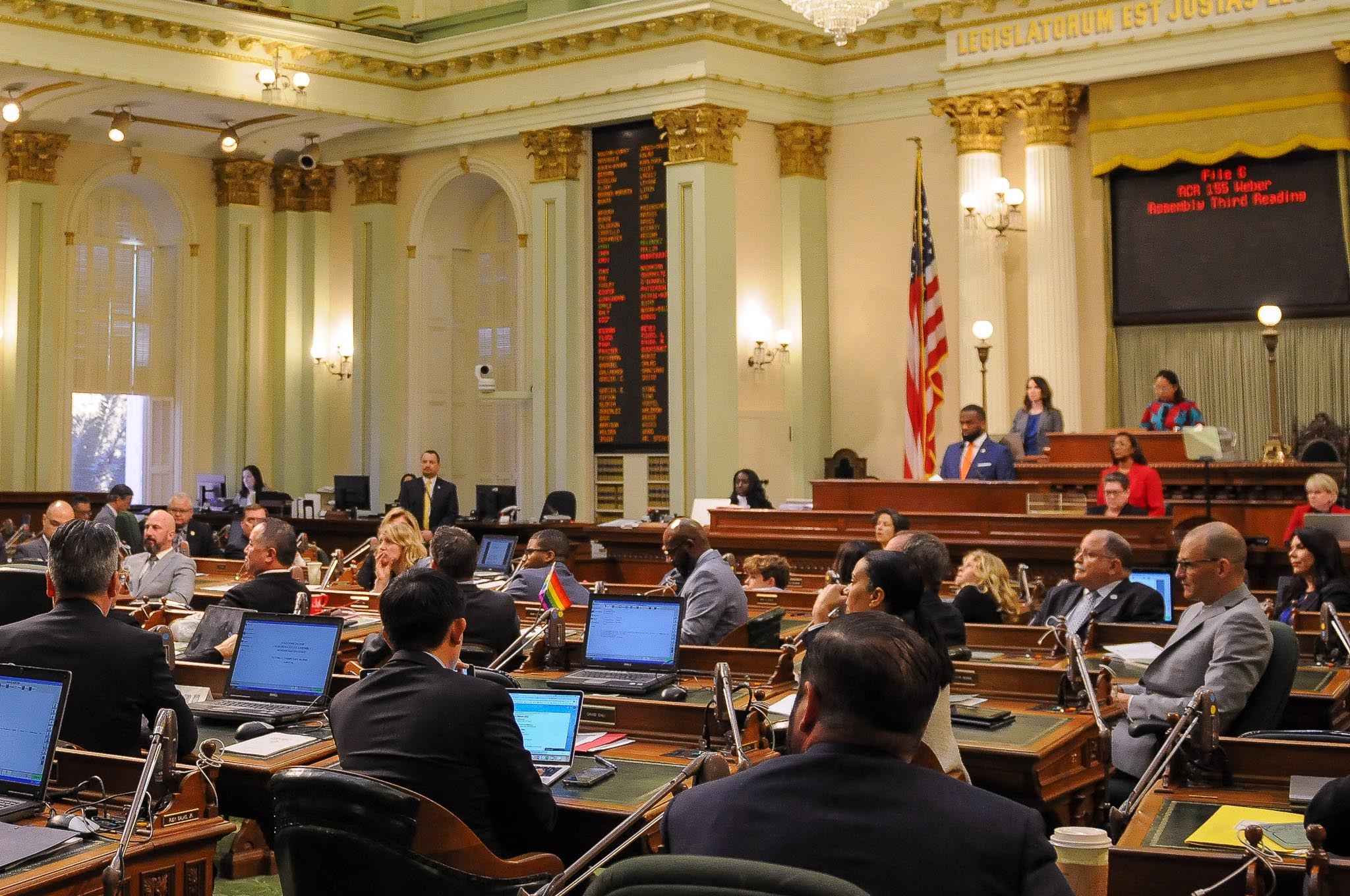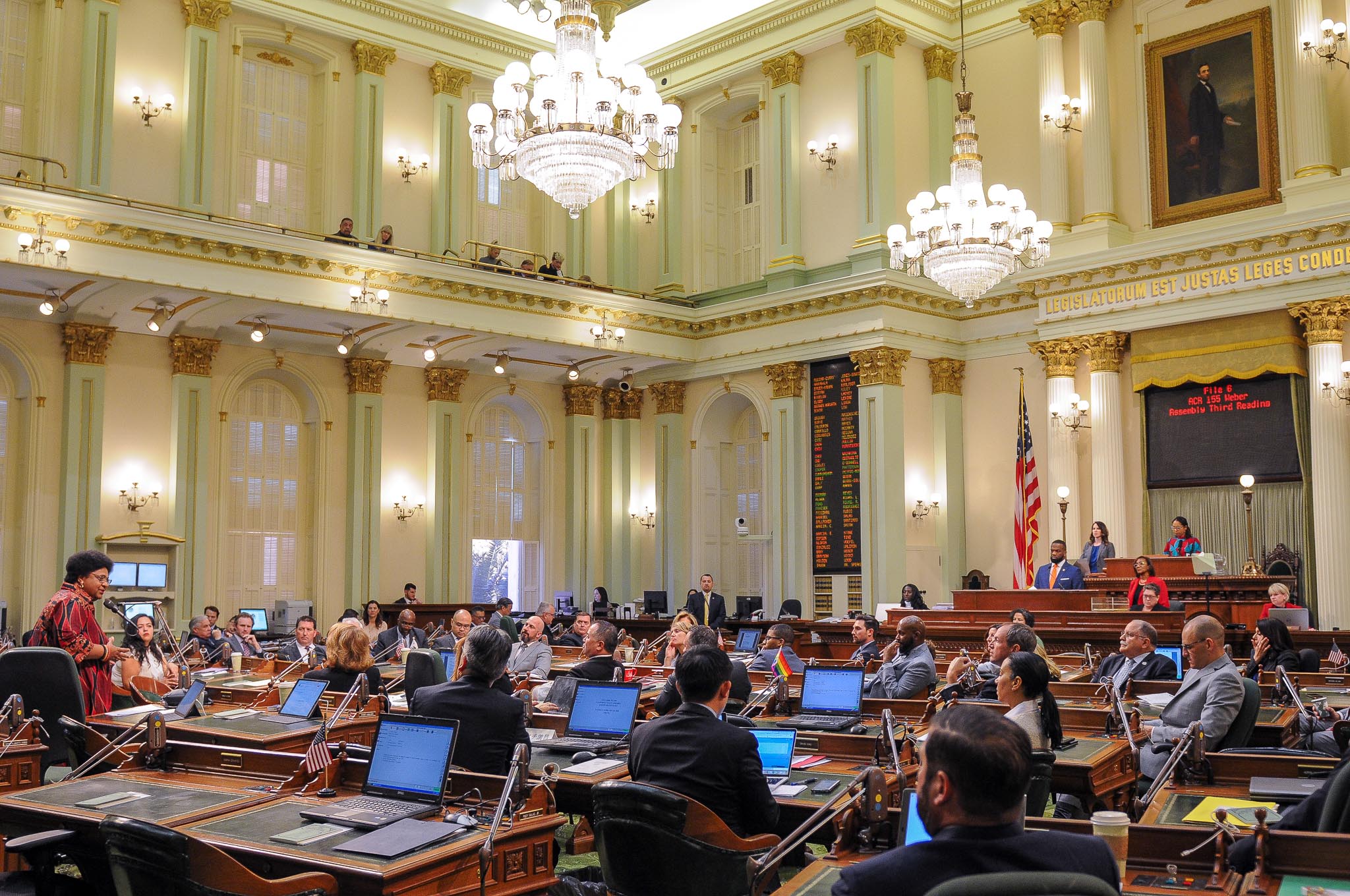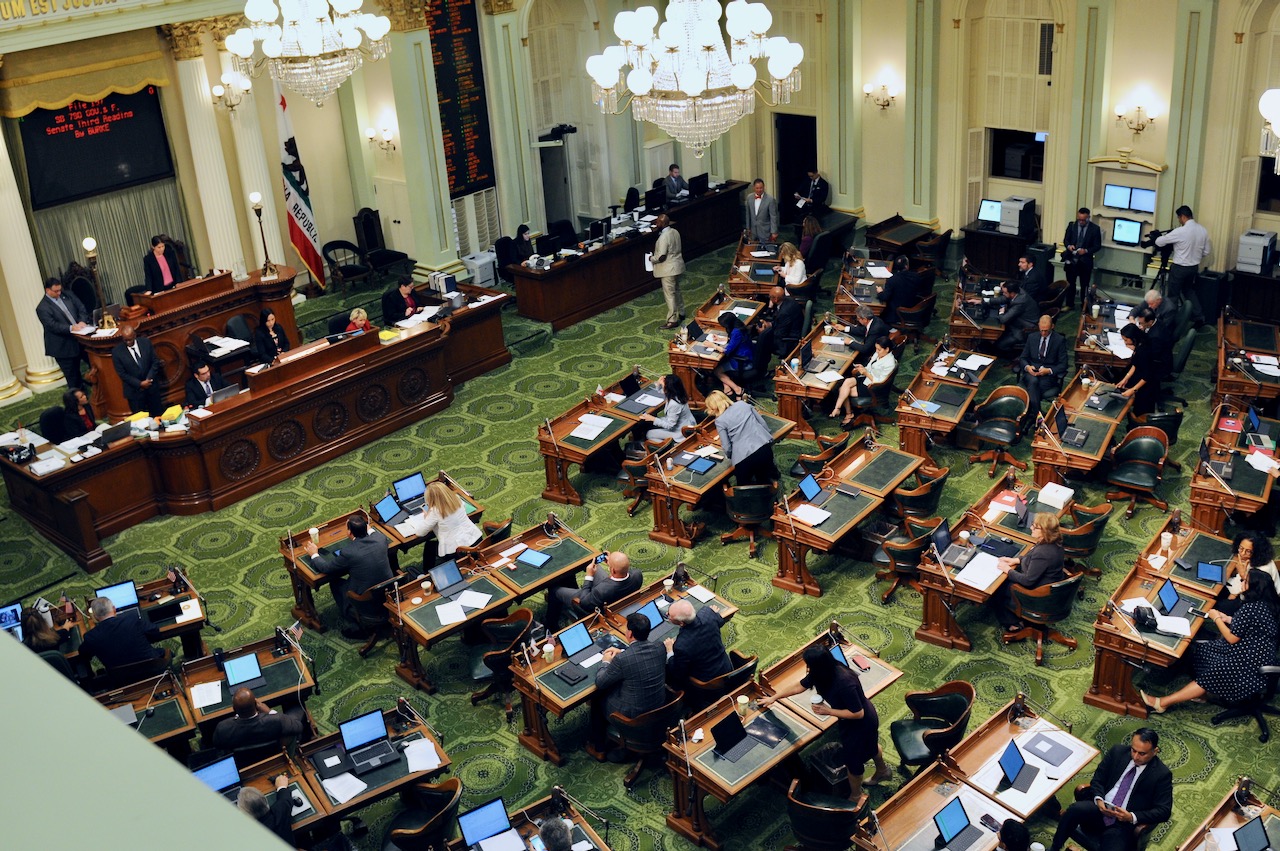
California State Capitol. (Photo: Kevin Sanders for California Globe)
General Guidance in Reading the Civil Code
The Civil Code of California is a collection of statutes for the State
By Chris Micheli, June 10, 2022 6:38 am
California’s statutes are contained in 29 separate codes. The second alphabetically is the Civil Code. All 29 Codes have general provisions applicable to reading and interpreting that Code’s sections. The following are selected general provisions of the Civil Code:
Section 3 – No part of this Code is retroactive, unless expressly so declared.
Section 4 – The rule of the common law, that statutes in derogation of the common law are to be strictly construed, has no application to this Code. The Code establishes the law of this State respecting the subjects contained in the Code, and its provisions are to be liberally construed with a view to effect its objects and to promote justice.
Section 5 – The provisions of this Code, so far as they are substantially the same as existing statutes or the common law, must be construed as continuations, and not as new enactments.
Section 7 – Holidays within the meaning of this Code are every Sunday and other days as are specified or provided for as holidays in the Government Code of the State of California.
Section 10 – The time in which any act provided by law is to be done is computed by excluding the first day and including the last, unless the last day is a holiday, and then it is also excluded.
Section 12 – Words giving a joint authority to three or more public officers or other persons are construed as giving such authority to a majority of them, unless it is otherwise expressed in the Act giving the authority.
Section 13 – Words and phrases are construed according to the context and the approved usage of the language; but technical words and phrases, and others as may have acquired a peculiar and appropriate meaning in law, or are defined in the succeeding section, are to be construed according to the peculiar and appropriate meaning or definition.
Section 14 – Subdivision (a) provides that words used in this Code in the present tense include the future as well as the present; words used in the masculine gender include the feminine and neuter; the singular number includes the plural, and the plural the singular; the word person includes a corporation as well as a natural person; county includes city and county; writing includes printing and typewriting; oath includes affirmation or declaration; and every mode of oral statement, under oath or affirmation, is embraced by the term “testify,” and every written one in the term “depose”; signature or subscription includes mark, when the person cannot write, his name being written near it, by a person who writes his own name as a witness; provided, that when a signature is by mark it must in order that the same may be acknowledged or may serve as the signature to any sworn statement be witnessed by two persons who must subscribe their own names as witnesses.
In addition, Subdivision (b) provides that the following words have in this code the signification attached to them in this section, unless otherwise apparent from the context:
(1) The word “property” includes property real and personal.
(2) The words “real property” are coextensive with lands, tenements, and hereditaments.
(3) The words “personal property” include money, goods, chattels, things in action, and evidences of debt.
(4) The word “month” means a calendar month, unless otherwise expressed.
(5) The word “will” includes codicil.
(6) The word “section” whenever hereinafter employed refers to a section of this code, unless some other code or statute is expressly mentioned.
(7) The word “spouse” includes a registered domestic partner, as required by Section 297.5 of the Family Code.
Section 17 – Wherever any notice or other communication is required by this Code to be mailed by registered mail, the mailing of the notice or other communication by certified mail is not to be deemed to be a sufficient compliance with the requirements of law.
Section 18 – Notice is: 1. Actual—which consists in express information of a fact; or, 2. Constructive—which is imputed by law.
Section 20 – No statute, law, or rule is continued in force because it is consistent with the provisions of this Code on the same subject; but, in all cases provided for by this Code, all statutes, laws, and rules in force in this State, whether consistent or not with the provisions of this Code, unless expressly continued in force by it, are repealed or abrogated.
Section 21 – This Act, whenever cited, enumerated, referred to, or amended, may be designated simply as “The Civil Code,” adding, when necessary, the number of the section.
- California Family Mediation and Conciliation Services - July 5, 2025
- Solemnization of Marriage in California - July 4, 2025
- Ship Managers in California - July 3, 2025








Democrats don’t abide by the Civil Code or any other laws? They’re a lawless criminal gang?
Alright, how do I find:
An act to add Part 2.2 (commencing with Section 53.1) to Division 1 of the Civil Code and to amend Section 11135 of the Government code.
That does not seem to be in an order that makes sense.
(a) Every provision in a written instrument relating to real property that purports to forbid or restrict the conveyance, encumbrance, leasing, or mortgaging of that real property to any person because of any characteristic listed or defined in subdivision.
That is where it takes me.
This in regards to AB-5 2012-2014 Tom Ammiano Homelessness to amend the previous Calif civil code